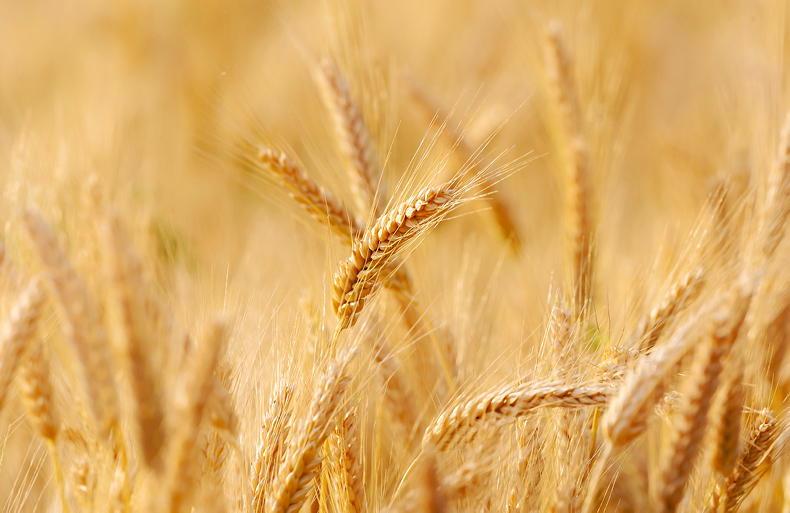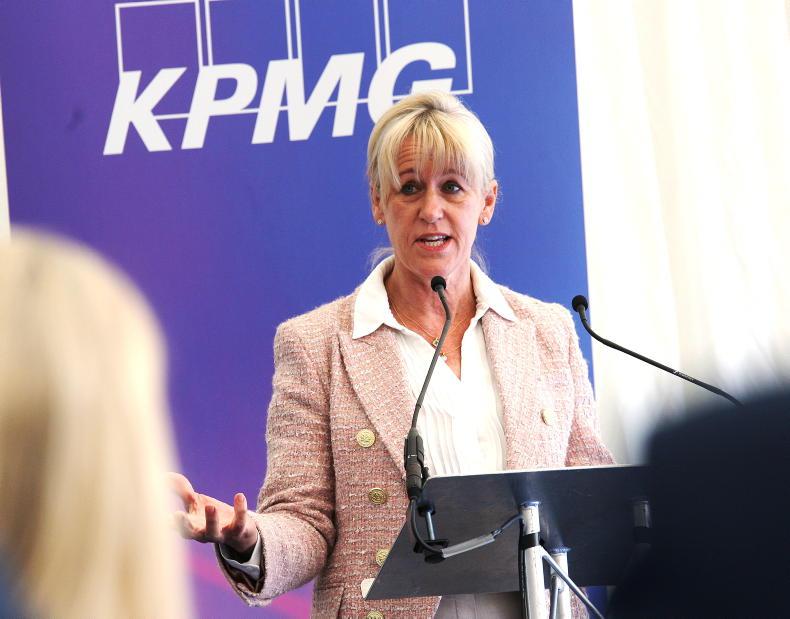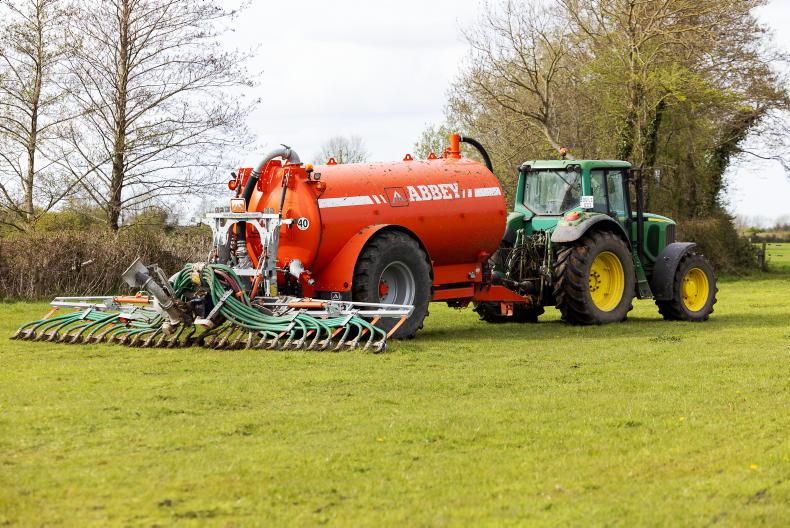Food commodity prices reached a record in March this year, which has increased food insecurity for hundreds of millions of people this year and risked increased social unrest.
The International Monetary Fund (IMF) estimates that international food prices added five percentage points to food price inflation for the average country in 2021 and are forecast to add six percentage points in 2022 and a further two percentage points in 2023.
Some countries, particularly low-income countries, have experienced high double-digit food price inflation, driven by a series of supply and demand side factors.
Post-COVID demand initial driver
China’s restocking, of grain in particular, post the COVID-19 restrictions, drove demand in the cereal market.
However, in general, as economic recovery took hold, demand across all food commodities increased, which supported increased prices in 2021.
Supply struggled to keep pace with demand given labour shortages in food manufacturing, increased manufacture costs and supply chain challenges, including shipping bottlenecks.
This all served to place upward pressure on food prices in 2021.
Weather
On the supply side, the 2020-2022 La Niña episode has disrupted global grain production.
South America, in particular Argentina, has seen prolonged drought, while, by contrast, Australia has experienced abnormally wet conditions in the current season.
Drought conditions in Europe challenged cereal production, which is forecast to be down by almost 8%.
While not at historically low levels, stock-to-use ratios for some commodities remain low. IMF analysis estimates that a 1% drop in global harvests raises food commodity prices by 8.5%.
Trade restrictions
Following the start of Russia’s war in Ukraine, there was a surge of restrictive trade policies imposed by countries.
At the end of November, 19 countries have implemented 23 food export bans and have implemented 12 export limiting measures.
These restrictions have, in some cases, tightened supply on to world markets, but, more broadly, have served to increase commodity prices as markets react to these events.
Energy and fertiliser price surge
Energy prices had been increasing as economic activity picked up post-COVID lockdowns.
However, the war in Ukraine caused prices to surge, with continued ongoing volatility as concerns for oil and gas availability persisted.
This has resulted in increased costs for all farm inputs. Natural gas prices peaked at €345/MWh in August, although remain volatile.
Currently trading in the region of €130 to €140/MWh, it is six to seven times higher than long-term average prices. As the key ingredient in nitrogen fertiliser, this has driven fertiliser price increases.
Disruption to Russia and Belarussian fertiliser supply has also had an impact on the market.
The combination of increased costs and some impact on production has supported higher food prices. According to the IMF, a 1% increase in fertiliser prices boosts food commodity prices by 0.45%.
Similarly, a 1% increase in oil prices increases food commodity prices by 0.2%.
Looking to 2023
There remains significant uncertainty as to how the combination of energy prices, rebuilding of stocks post-harvest and general monetary policy will play out next year.
Fertiliser shortages are forecast to continue into 2023, which will ultimately limit agricultural production. La Niña weather conditions are forecast for a third year, resulting in below-average temperatures in the east-central Pacific Ocean.

A 1% increase in fertiliser prices raises food commodity prices by 0.45%.
Grain futures, which have traded lower in recent weeks, appear to be factoring in reduced prices.
However, continuing supply constraints could outweigh softening demand supporting higher prices for longer.
For consumers, the lag period in passing on increased commodity prices is something between six and 12 months.
While falling prices generally feed through quicker, they will still face higher prices for longer.
Food commodity prices reached a record in March this year, which has increased food insecurity for hundreds of millions of people this year and risked increased social unrest.
The International Monetary Fund (IMF) estimates that international food prices added five percentage points to food price inflation for the average country in 2021 and are forecast to add six percentage points in 2022 and a further two percentage points in 2023.
Some countries, particularly low-income countries, have experienced high double-digit food price inflation, driven by a series of supply and demand side factors.
Post-COVID demand initial driver
China’s restocking, of grain in particular, post the COVID-19 restrictions, drove demand in the cereal market.
However, in general, as economic recovery took hold, demand across all food commodities increased, which supported increased prices in 2021.
Supply struggled to keep pace with demand given labour shortages in food manufacturing, increased manufacture costs and supply chain challenges, including shipping bottlenecks.
This all served to place upward pressure on food prices in 2021.
Weather
On the supply side, the 2020-2022 La Niña episode has disrupted global grain production.
South America, in particular Argentina, has seen prolonged drought, while, by contrast, Australia has experienced abnormally wet conditions in the current season.
Drought conditions in Europe challenged cereal production, which is forecast to be down by almost 8%.
While not at historically low levels, stock-to-use ratios for some commodities remain low. IMF analysis estimates that a 1% drop in global harvests raises food commodity prices by 8.5%.
Trade restrictions
Following the start of Russia’s war in Ukraine, there was a surge of restrictive trade policies imposed by countries.
At the end of November, 19 countries have implemented 23 food export bans and have implemented 12 export limiting measures.
These restrictions have, in some cases, tightened supply on to world markets, but, more broadly, have served to increase commodity prices as markets react to these events.
Energy and fertiliser price surge
Energy prices had been increasing as economic activity picked up post-COVID lockdowns.
However, the war in Ukraine caused prices to surge, with continued ongoing volatility as concerns for oil and gas availability persisted.
This has resulted in increased costs for all farm inputs. Natural gas prices peaked at €345/MWh in August, although remain volatile.
Currently trading in the region of €130 to €140/MWh, it is six to seven times higher than long-term average prices. As the key ingredient in nitrogen fertiliser, this has driven fertiliser price increases.
Disruption to Russia and Belarussian fertiliser supply has also had an impact on the market.
The combination of increased costs and some impact on production has supported higher food prices. According to the IMF, a 1% increase in fertiliser prices boosts food commodity prices by 0.45%.
Similarly, a 1% increase in oil prices increases food commodity prices by 0.2%.
Looking to 2023
There remains significant uncertainty as to how the combination of energy prices, rebuilding of stocks post-harvest and general monetary policy will play out next year.
Fertiliser shortages are forecast to continue into 2023, which will ultimately limit agricultural production. La Niña weather conditions are forecast for a third year, resulting in below-average temperatures in the east-central Pacific Ocean.

A 1% increase in fertiliser prices raises food commodity prices by 0.45%.
Grain futures, which have traded lower in recent weeks, appear to be factoring in reduced prices.
However, continuing supply constraints could outweigh softening demand supporting higher prices for longer.
For consumers, the lag period in passing on increased commodity prices is something between six and 12 months.
While falling prices generally feed through quicker, they will still face higher prices for longer.










SHARING OPTIONS